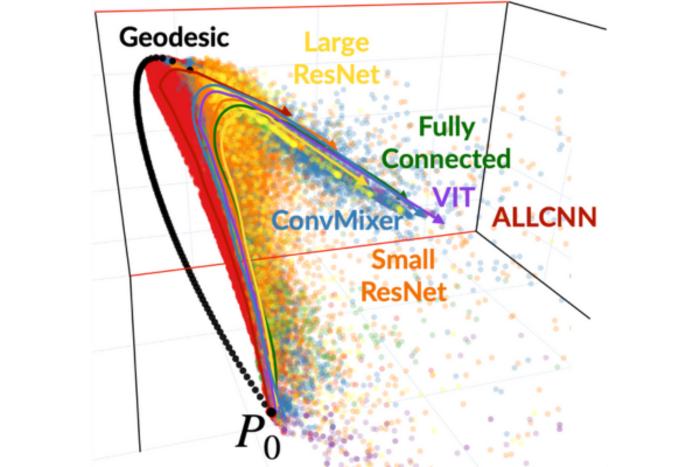Reef fish species at the extremes of the food chain–those that are strict herbivores or strict fish predators–evolve faster than fish species in the middle of the food chain with a more varied diet, according to a new study published in Nature Ecology and Evolution.
The paper, co-authored by Samuel Borstein, a PhD candidate in the Department of Ecology and Evolutionary Biology, could challenge the way scientists think about evolution in relation to the position a species holds on the food chain.
Up until now, scientists thought that species that eat a wide variety of different foods might evolve quicker and show more variations in morphology–physical aspects such as size, shape, and color.
However, Borstein and his team were able to prove the exact opposite: species with the most limited diet are evolving faster.
For the study, the researchers produced an evolutionary “family tree” that describes the relationships of more than 1,500 coral reef species, their place in the food chain, and the diversity of items on which they feed.
They also digitized hundreds of photographs of reef fish to gather information on physical traits that are important for feeding, such as the depth of the peduncle (the part of the fish where body and fins attach).
Altogether, the information collected allowed them to analyze the speed at which each species evolves related to their place in the food chain.
“By combining information from many fish groups, we were able to see that studying a single group at a time, as researchers have done in the past, was not enough to understand the broad-scale patterns across reef fishes,” Borstein explained.
The research also could have valuable conservation implications, specifically when it comes to the management of fisheries exploitation. “Many of the species that are highly targeted by fisheries are at the extremes of the food chain, which means they are also the most morphologically diverse,” Borstein said. “Overfishing these highly diverse species could radically reduce the functional diversity that occurs on coral reefs, which should be a reason for concern.”
###
CONTACT:
Andrea Schneibel ([email protected], 865-974-3993)
Media Contact
Andrea Schneibel
[email protected]
865-974-3993
http://dx.





